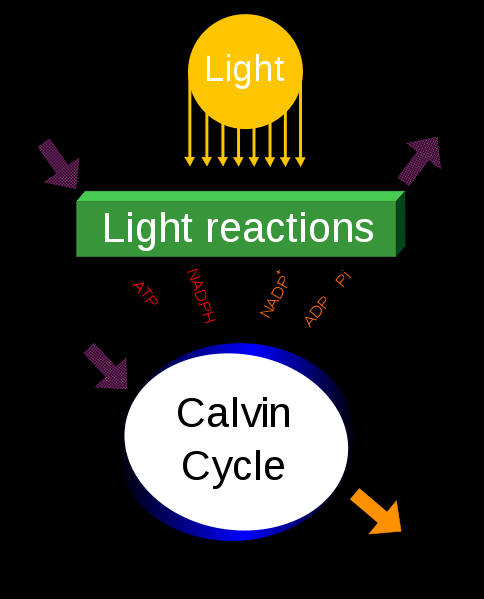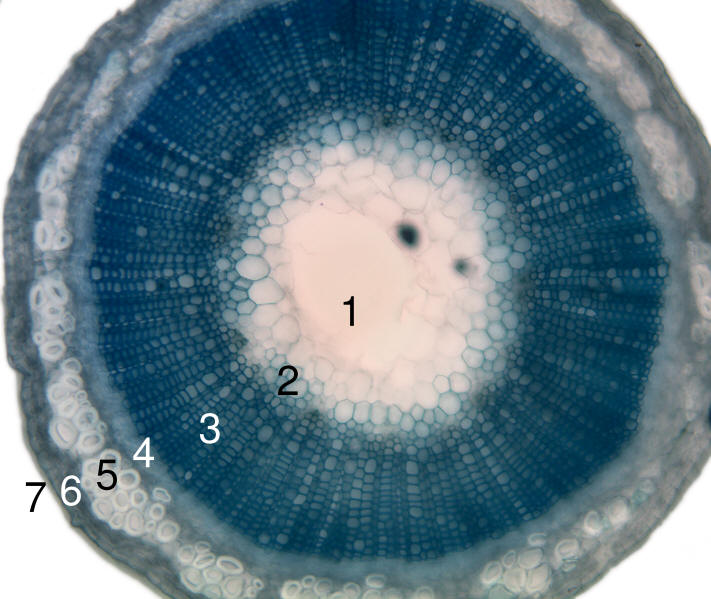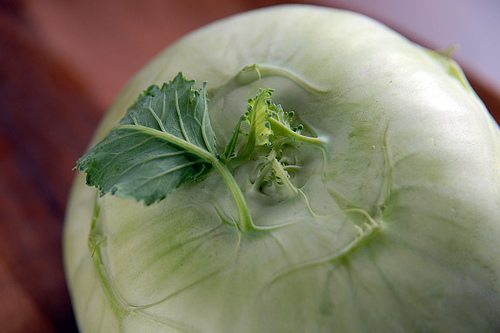I can eat a kohlrabi, but what does it eat?
 Kohlrabi is autotrophic, meaning self
feeding. This indicates that its main source of food will be
glucose molecules that are made through the photosynthesis
process. Photosynthesis follows the general equation:
6CO2 + 6H2O (+ light energy)
Kohlrabi is autotrophic, meaning self
feeding. This indicates that its main source of food will be
glucose molecules that are made through the photosynthesis
process. Photosynthesis follows the general equation:
6CO2 + 6H2O (+ light energy)
![]() C6H12O6
+ 6O2. This means
that for a plant to make its own glucose molecules it needs 6
molecules of CO2 and 6 molecules of H20 in addition to light
energy to provide a boost of energy for the process.
Kohlrabi is a tough vegetable. Being originally from Northern
Europe means that this vegetable can withstand low temperatures.
In modern times, Kohlrabi can be grown just about anywhere.
C6H12O6
+ 6O2. This means
that for a plant to make its own glucose molecules it needs 6
molecules of CO2 and 6 molecules of H20 in addition to light
energy to provide a boost of energy for the process.
Kohlrabi is a tough vegetable. Being originally from Northern
Europe means that this vegetable can withstand low temperatures.
In modern times, Kohlrabi can be grown just about anywhere. For more information on Photosynthesis, check out this
site.
For more information on Photosynthesis, check out this
site.
Kohlrabi is a vascular plant, meaning it has a system of tube like structures that transport both water and food throughout the plant. These "tubes" are called xylem and phloem. Xylem is used to transport water and dissolved minerals up while Phloem transports sugars throughout the plant. Kohlrabi would not have a circulatory system but instead would rely on Stomata, which are small openings in the leaves that can be opened or closed, for gas exchange.
In this picture, Xylem is 3 and Phloem is 4

This organism does serve as food for other organisms such as
people. That will be explained in the next section but what about
other organisms? Kohlrabi does have several organisms that eat it or
have it as a host. For the general overview on this, check out the
Interactions section.
So that is how a Kohlrabi eats but what about when a person eats
it? Go to Nutrition Facts to
find out or you can always head back to the
main menu.
